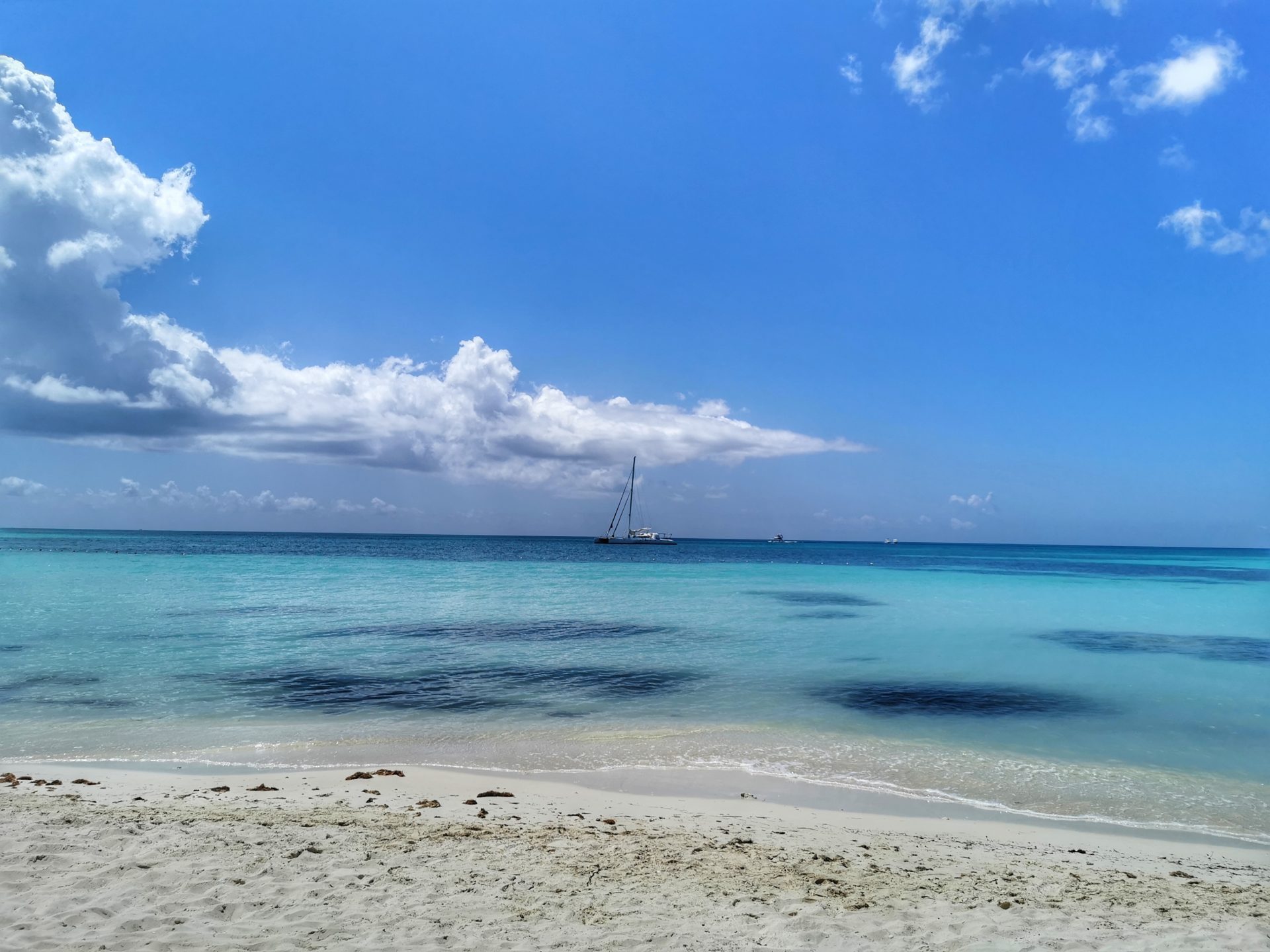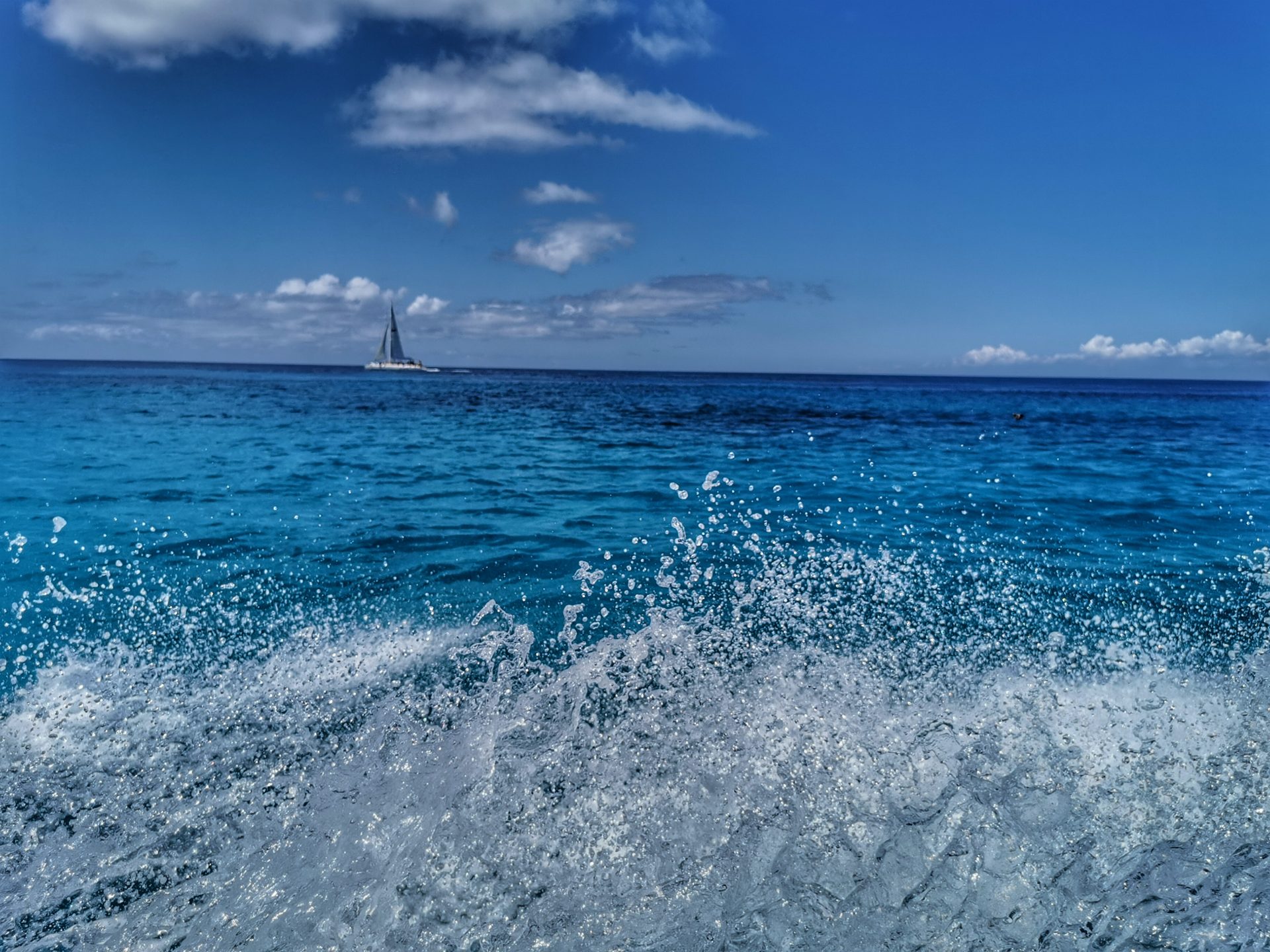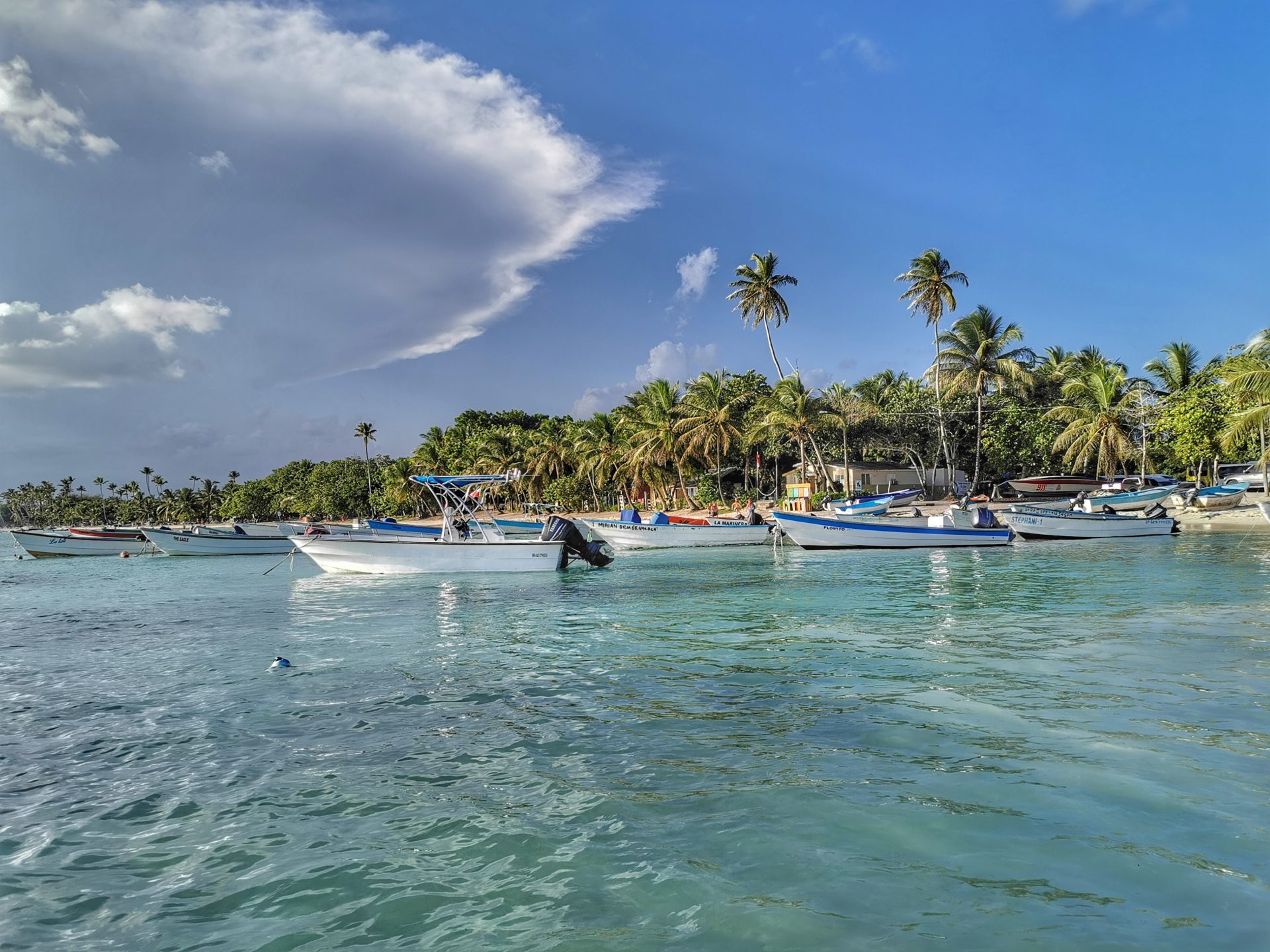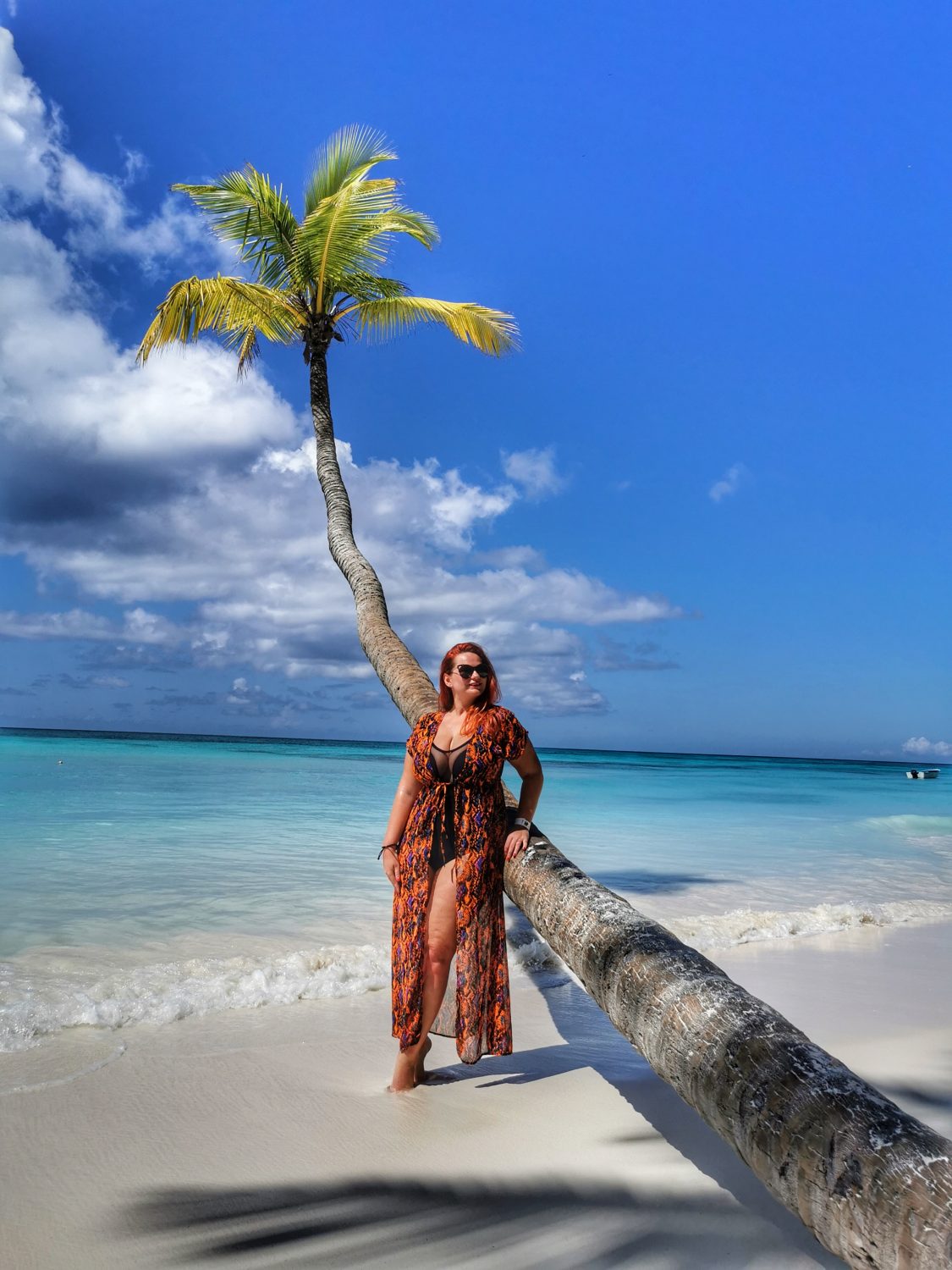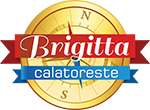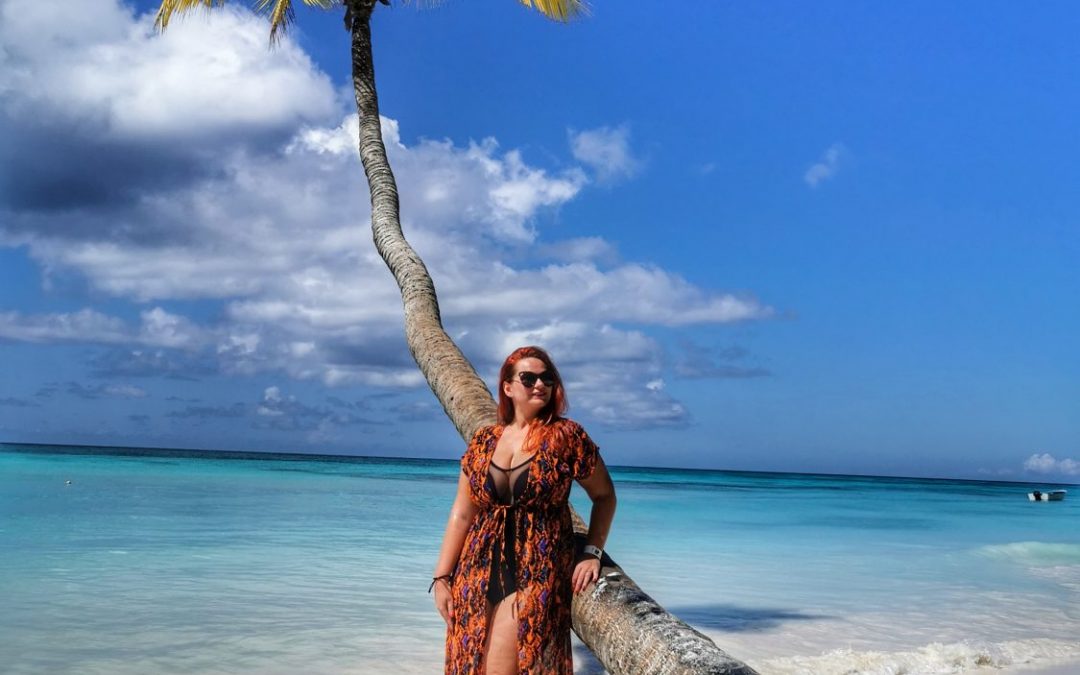I told you in my previous post about the Dominican Republic that the most fascinating postcard-worthy images are found in the Saona and Catalina Islands, easily accessible by speedboat from the fishing village of Bayahibe. Today we will talk more about Saona Island or Adamanay, as named by the Taini Indians. The island is also known by the name given by Christopher Columbus when he arrived here on his second expedition, namely “Bella Savonesa”.

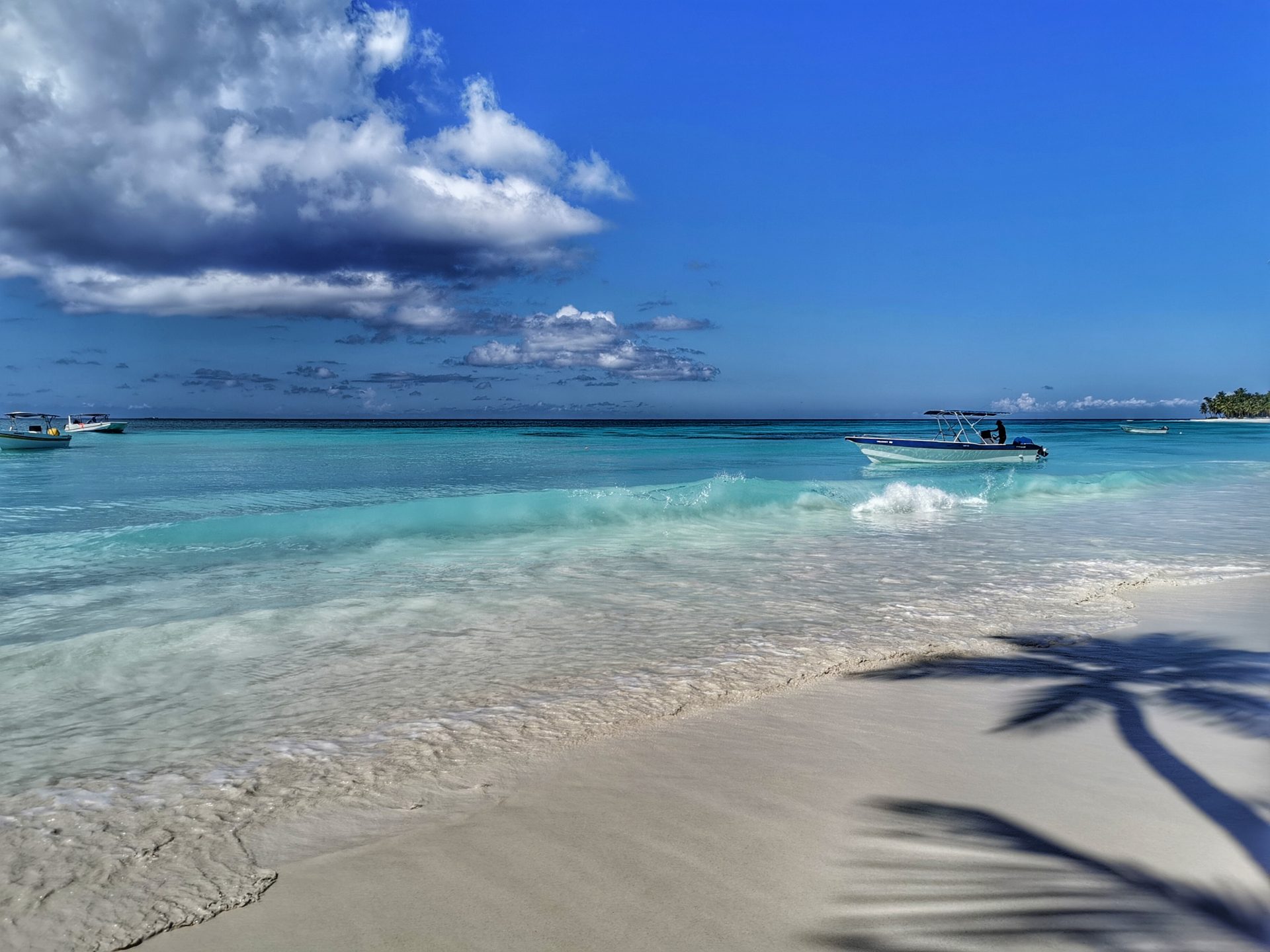
The island attracts with the wild natural beauty of its beaches and its idyllic landscapes. Few know that this island is a nature reserve protected by the government of the Dominican Republic. On the island, which is 25 kilometers long and 5 kilometers wide, we find two small settlements: Punta Gorda and the fishing village of Mano Juan, dating from the time of the “trading” centers established by Columbus after 1493.
The people of Mano Juan make a living from fishing and farming and are extremely hospitable and happy guests in their brightly colored wooden houses.
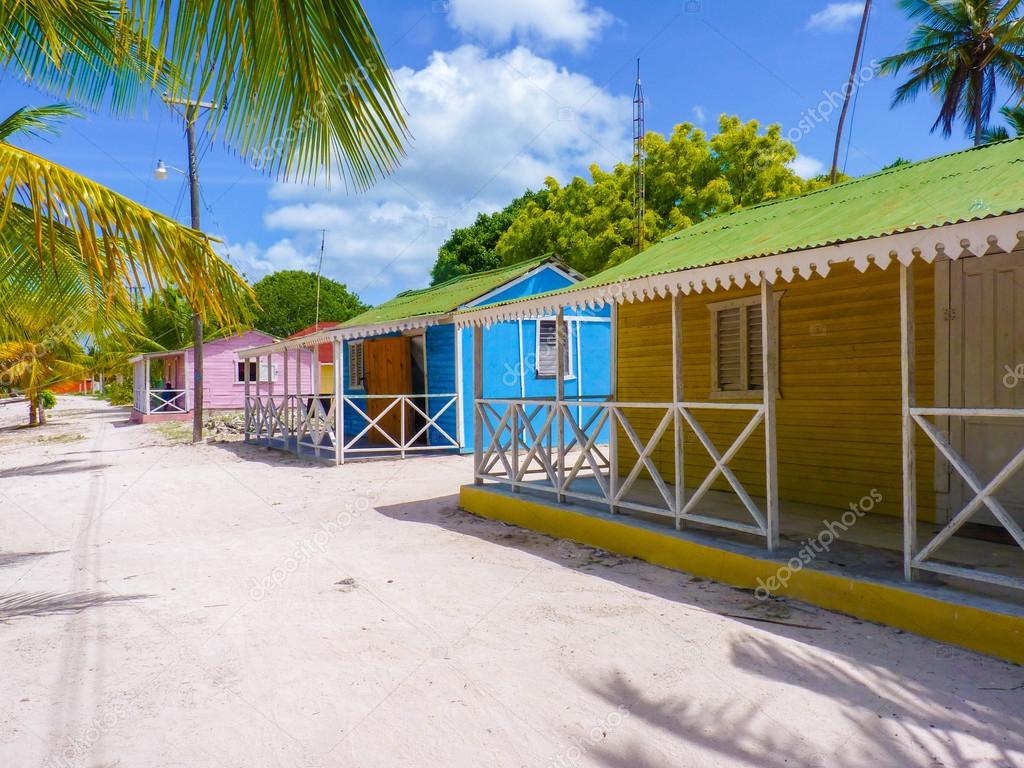
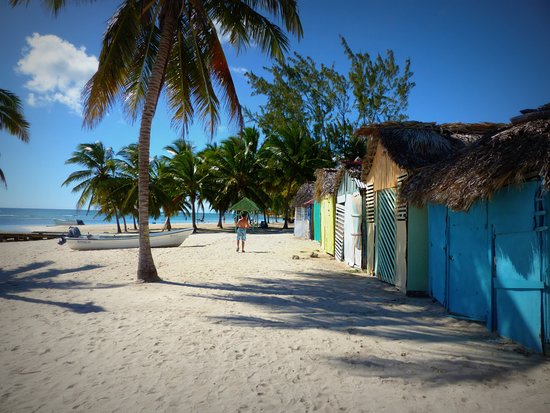
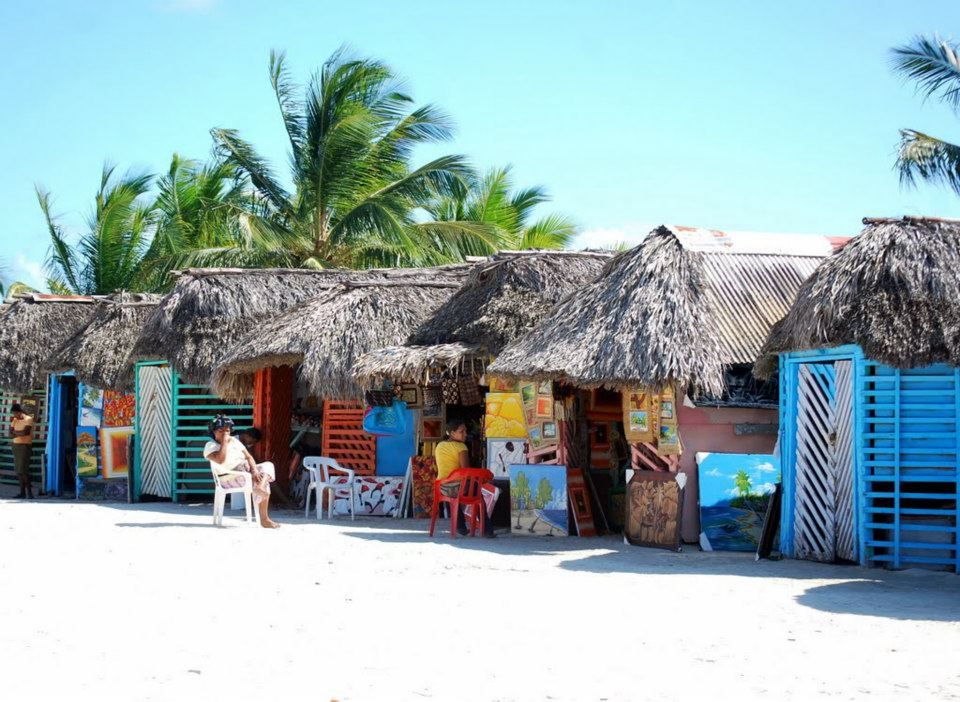
The images speak best of the Saona beach, because words are far too poor to describe the extraordinary combination of turquoise water with bright white sand and green palm trees that stop in a serene blue sky.
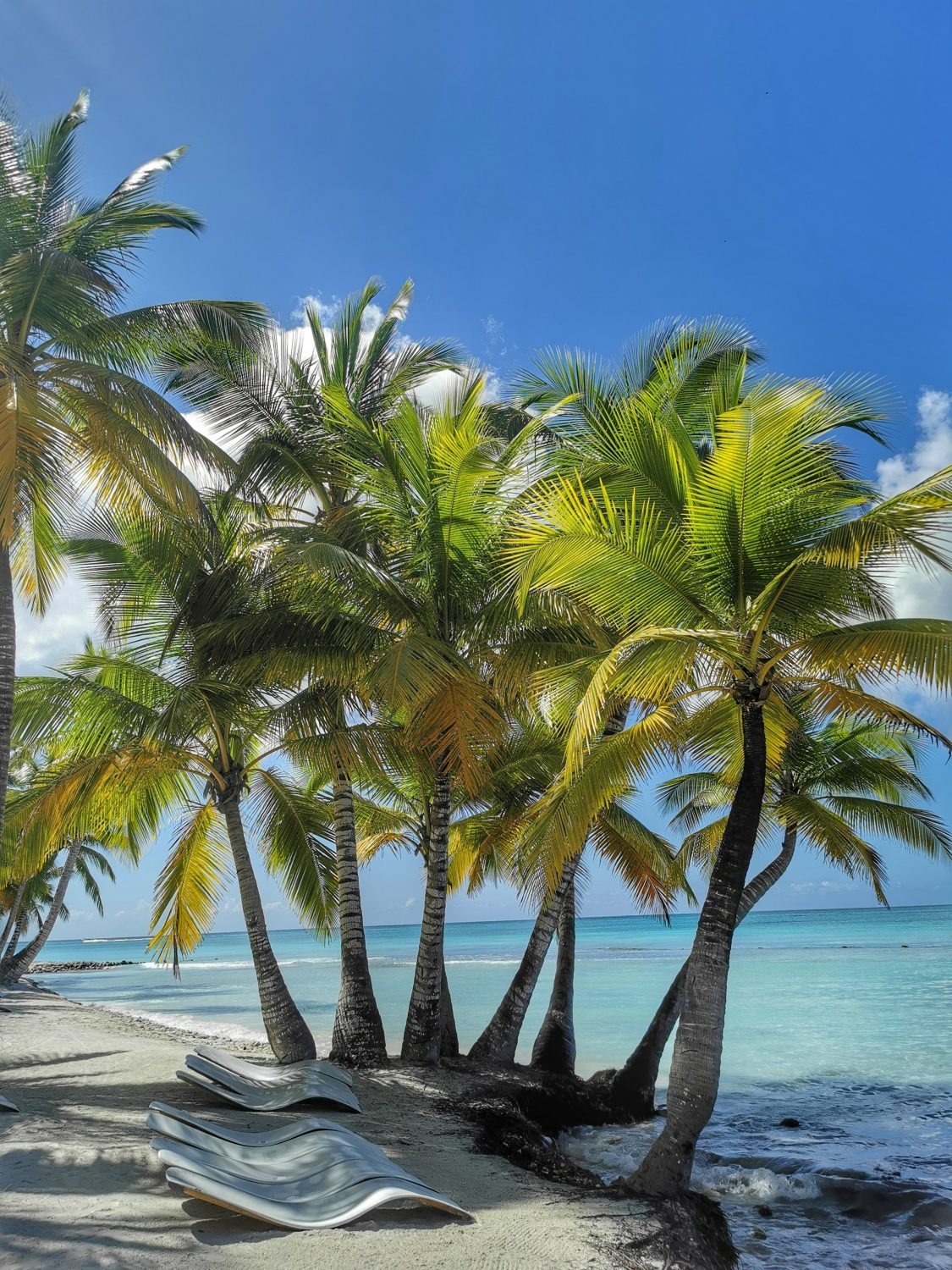
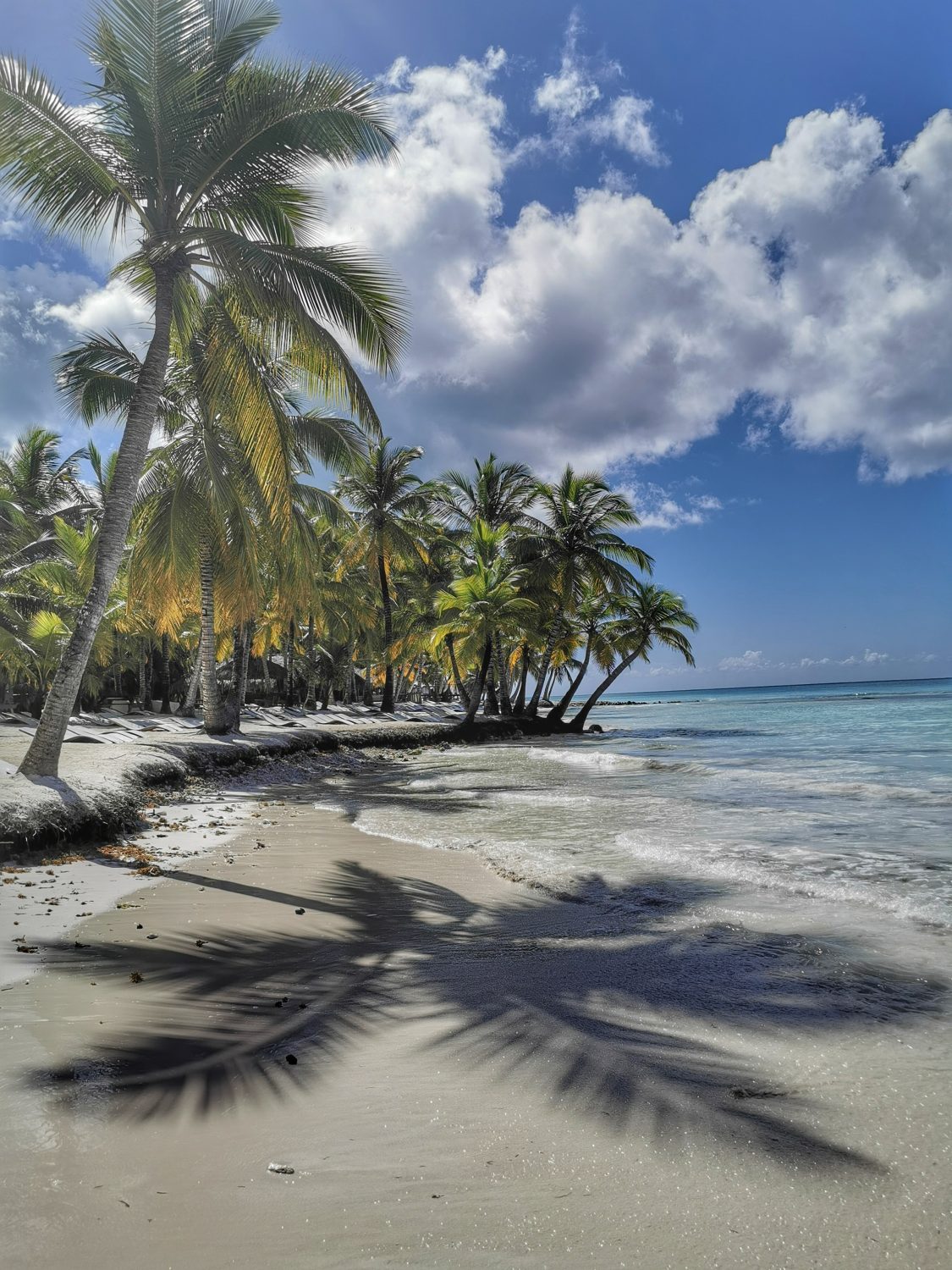
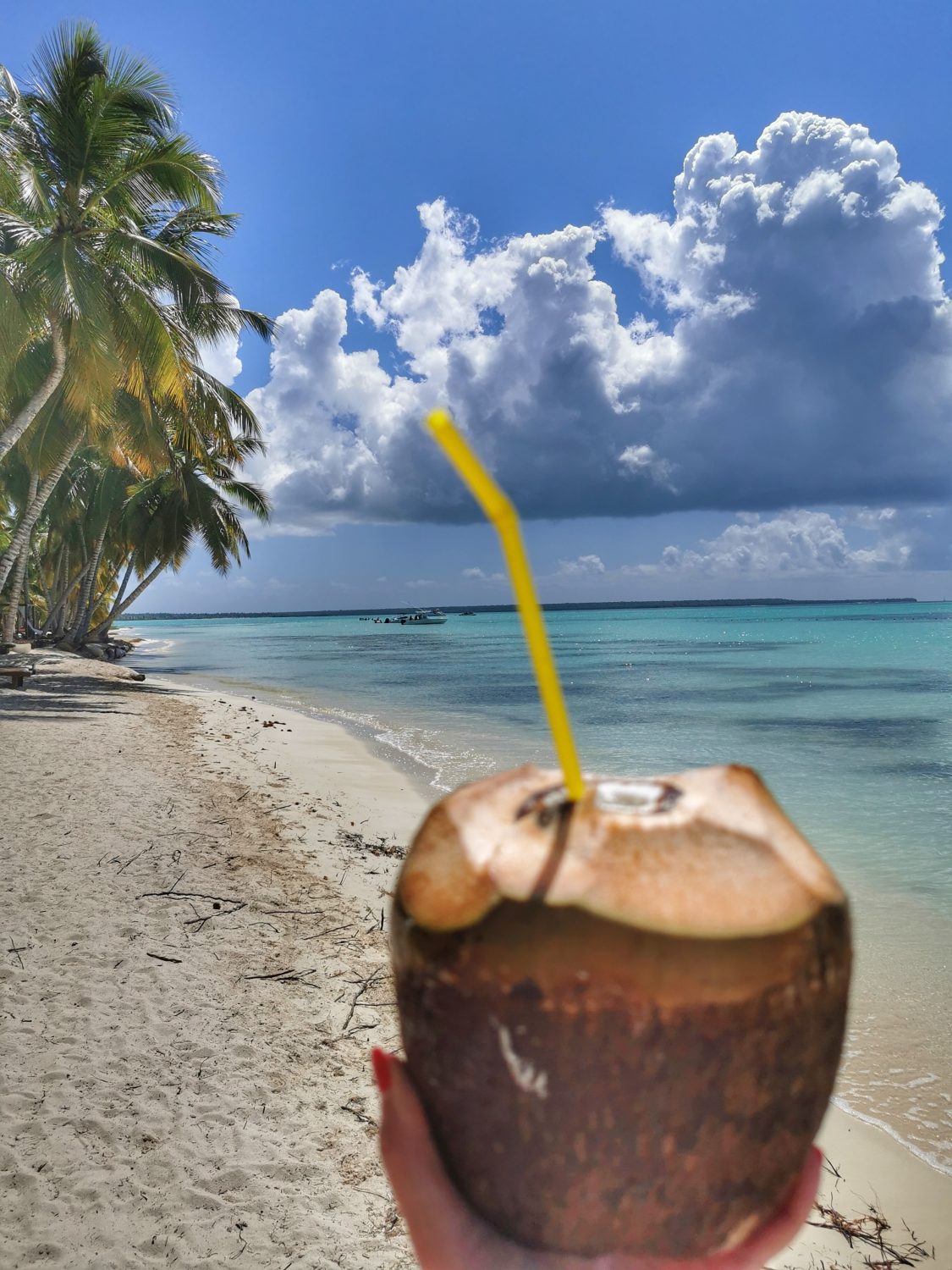
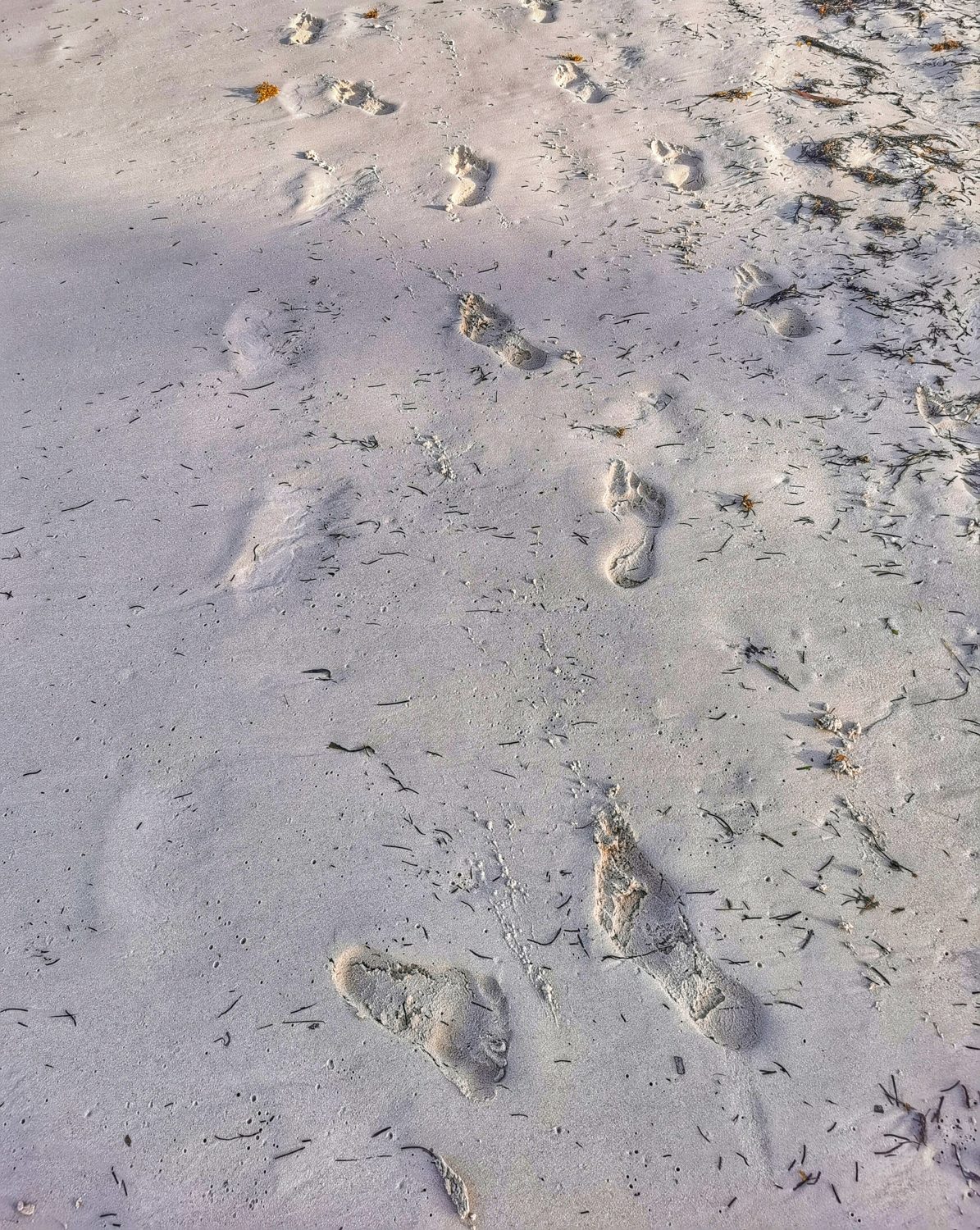
Usually a visit to the Saona Island includes a stop at a “natural pool” namely a shallow water area where you can see the discreet starfish (please do not take them out of their environment no matter how tempting a picture with them might seem, because even a few seconds of contact with the air is lethal to them). From here you set off either towards Mano Juano or on a beautiful beach where you are greeted with a refreshing cocktail. You will find here locals ready to sell you coconuts, rum, Dominican cigars, coconut or palm oil, jewelry and many more!
Even if the time spent here is relatively short (about 3 hours) you can choose to do some spectacular snorkeling or diving, you can start looking for the lagoons populated by Flamingo birds or towards the mangroves visited by pelicans, blue-footed boobies or parrots. I forgot to tell you that the island is the favorite place of the green turtle and that in the waters around it we have great chance to see dolphins and manatees.
A visit to Saona Island is not complete without a lesson or a portion of Merengue, the national dance of the Dominican Republic. From a musical point of view, the dance is related to Cuba and comes from the island of Hispaniola – part of it being called today Haiti, and the other the Dominican Republic. Since the mid 18th century, this genre of music has been called “Merengue” in the Dominican Republic, “Mereng” in Creole and “Meringue” in French. It is certain, however, that Merengue was born in the Cibao region around 1850. In this region the popularity of Merengue was so great that nowadays this place is called the cradle of Merengue.
What did the Dominican Republic mean to me? It meant an incredible combination of tropical paradise, like the ones I have seen only in pictures taken by professionals, an immense joy to live the moment. The vacation here was a real life lesson, as in the Dominican Republic everyone sings, dances and smiles. I learned here that joy is a principle of life and that the most beautiful thing we own is the moment called NOW!

